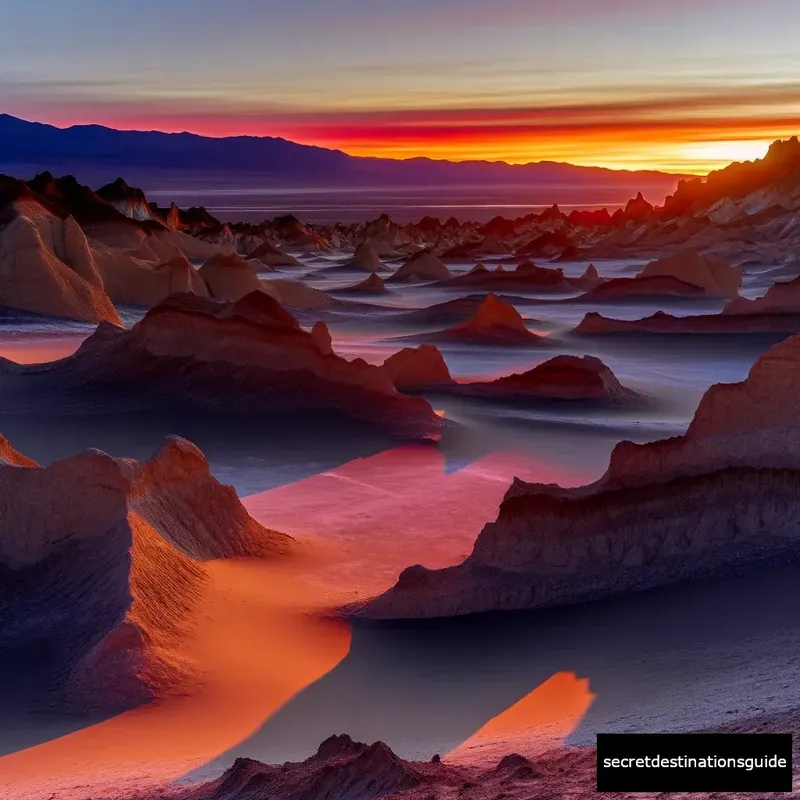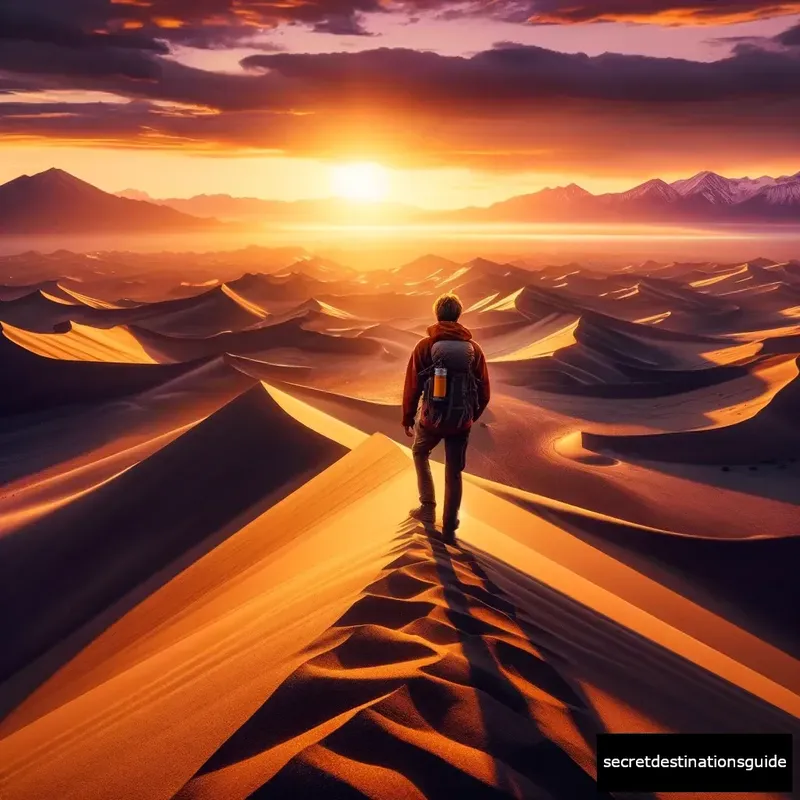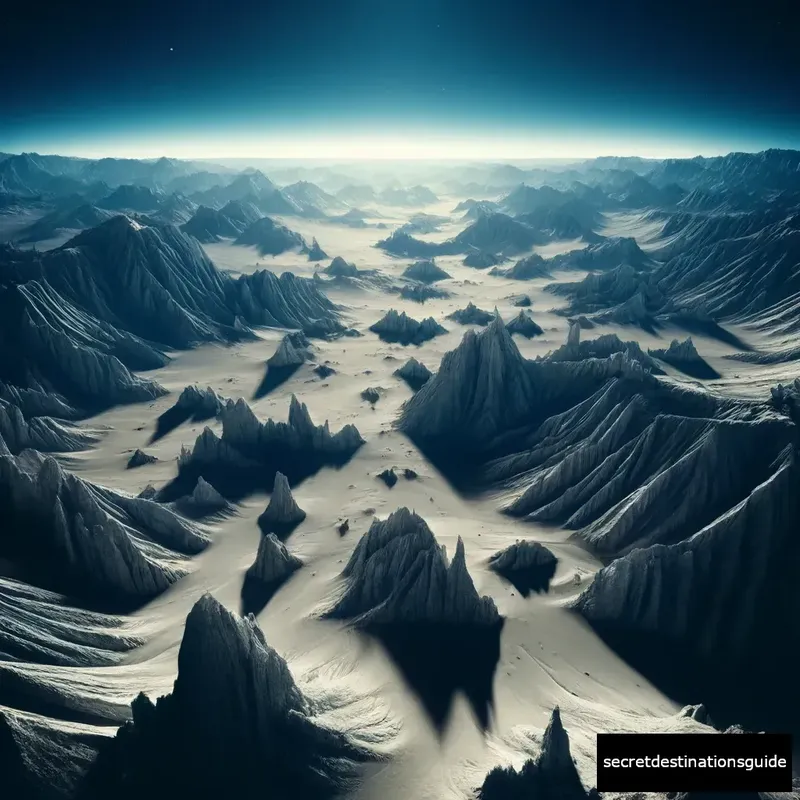Introduction
Welcome to one of Chile’s most astounding secrets, Valle de la Luna, also known as the Valley of the Moon. Tucked within the vast expanses of the Atacama Desert, this surreal landscape captivates visitors with its otherworldly beauty. Its lunar-like terrain, complete with dunes, caverns, and ancient sedimentary rock formations, makes it a hidden gem worth exploring. Valle de la Luna’s unique appeal lies not only in its distinctive geography but also in the enchanting play of light and shadow that decorates its surface at sunrise and sunset.

How to Get There
Reaching Valle de la Luna requires a spirit of adventure. The closest urban center is San Pedro de Atacama, a quaint desert town that serves as the gateway to the valley. From San Pedro, it’s a short drive or bike ride to the entrance of the valley. International visitors can fly into Calama Airport and then take a bus or rental car to San Pedro de Atacama. For the intrepid traveler, consider an off-the-beaten-path route by joining a guided tour that includes 4×4 trips into more remote areas of the desert.
Things to Do
Explore the Dunes:
The vast sand dunes of Valle de la Luna are a must-visit. Hiking to the top offers breathtaking views, especially during sunrise or sunset when the valley glows with golden and red hues.Visit the Caverns:
Discover the hidden salt caverns formed by centuries of erosion. Guided tours often include explorations of these mystical underground spaces.The Great Dune:
For a truly unforgettable experience, make your way to the Great Dune. This colossal sand formation provides one of the most iconic views of the valley, perfect for photography enthusiasts.
Local Cuisine
While the desert may not be abundant in traditional crops, the local cuisine offers delightful surprises. Be sure to try Patasca, a hearty corn and meat stew, best enjoyed in the cooler evenings. San Pedro de Atacama hosts a variety of eateries and markets where you can sample this and other local dishes, giving you a taste of the rich culinary traditions influenced by both indigenous and Spanish cultures.
Accommodation Options
Valle de la Luna and its environs boast a range of unique accommodation options. From eco-lodges that blend seamlessly with the desert landscape to boutique hotels in San Pedro de Atacama, there’s something for every type of traveler. For a truly unique experience, look for Airbnb listings that offer stays in traditional adobe houses.
Best Time to Visit
The desert climate of Valle de la Luna means clear skies and pleasant temperatures for most of the year. However, the months of April to June and September to November offer the best balance of comfortable temperatures and lighter tourist traffic, making them ideal times to explore the valley in all its glory.

Cultural Etiquette and Tips
Respect the Environment:
The fragile ecosystem of the Atacama Desert requires visitors to practice Leave No Trace principles. Always follow designated paths and dispose of waste responsibly.Local Interactions:
When interacting with local communities, a respectful and courteous manner goes a long way. Learning a few basic phrases in Spanish can enhance your experience and open up warmer engagements with residents.Conclusion
Valle de la Luna offers a unique opportunity to step into a landscape that feels more akin to a different planet than our own. Its serene beauty, coupled with the rich cultural tapestry of the surrounding areas, makes this secret destination a must-visit for those yearning for adventure off the beaten path. Whether you’re a nature enthusiast, a history buff, or simply in search of tranquility, Valle de la Luna beckons with experiences that will touch your soul.
Ready for an adventure that’s out of this world? Embark on a journey to Valle de la Luna and discover the hidden wonders of Chile’s desert.